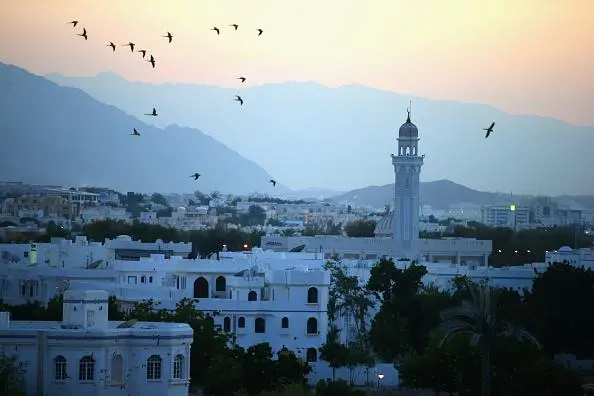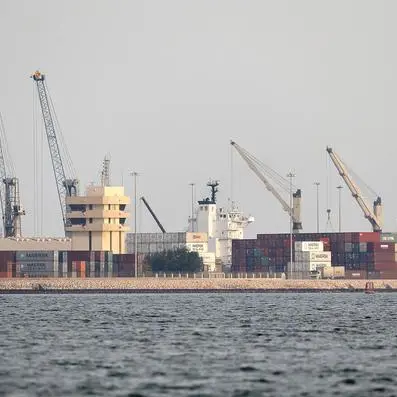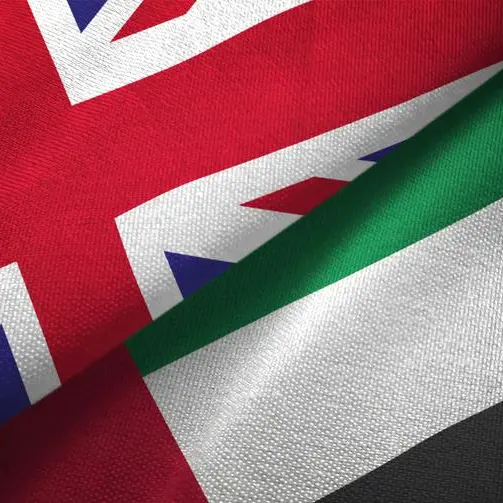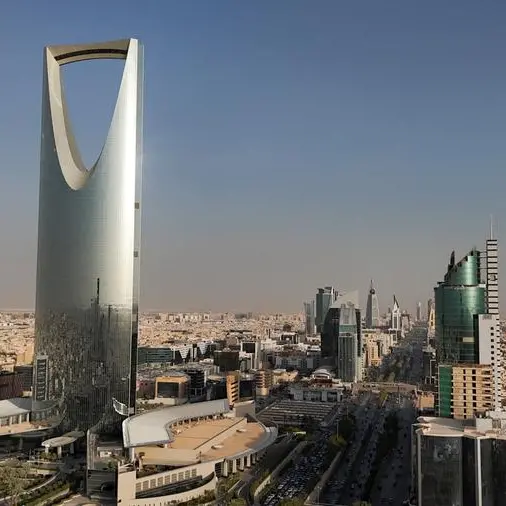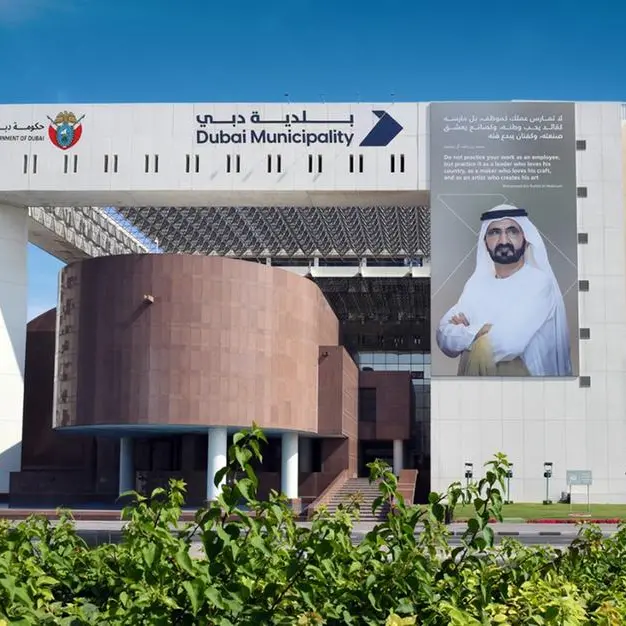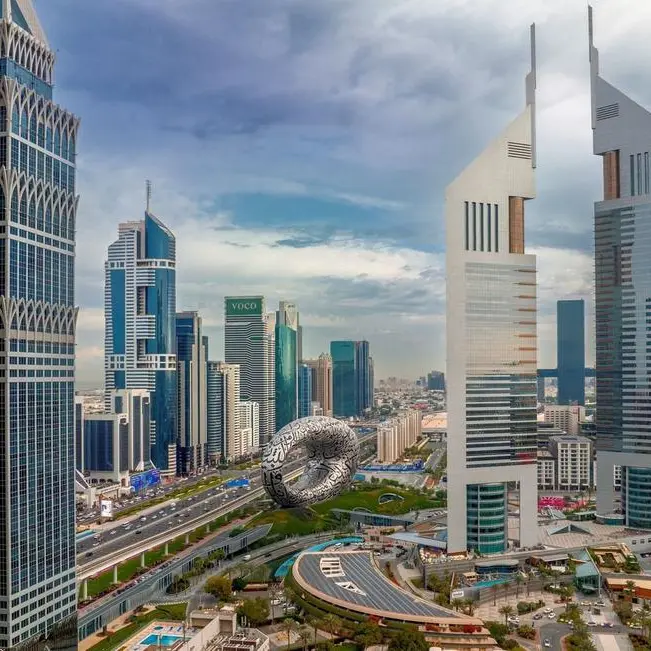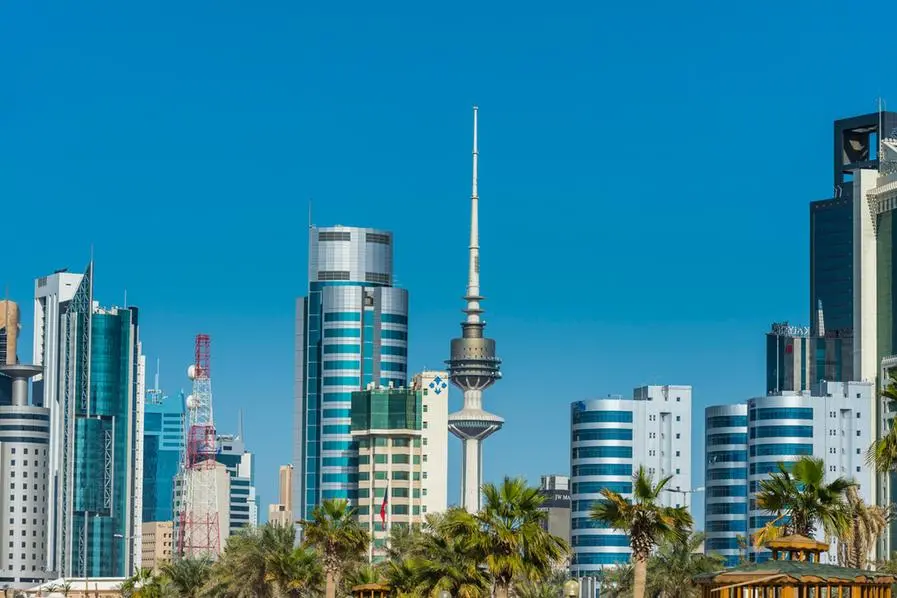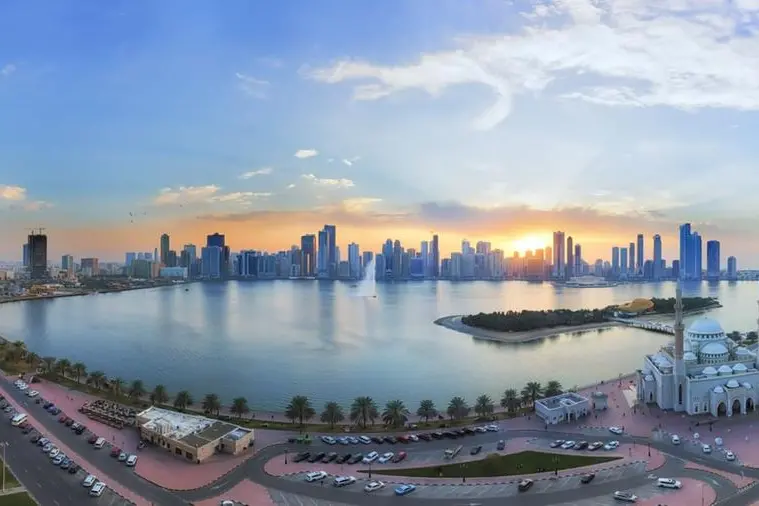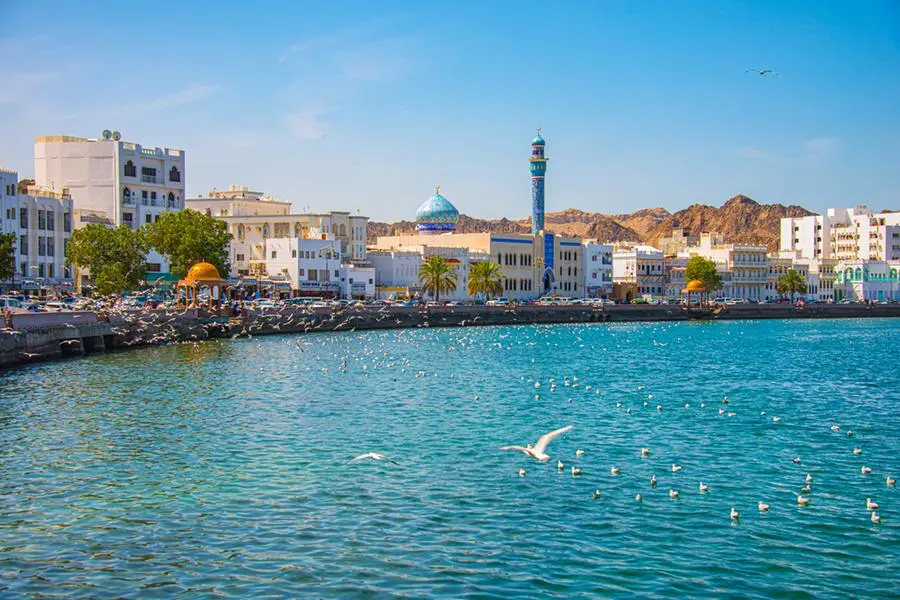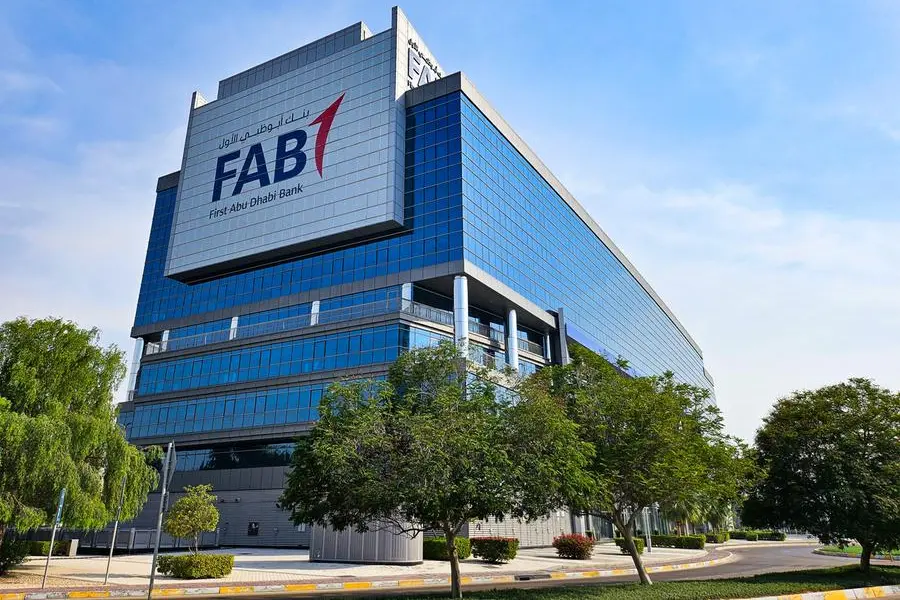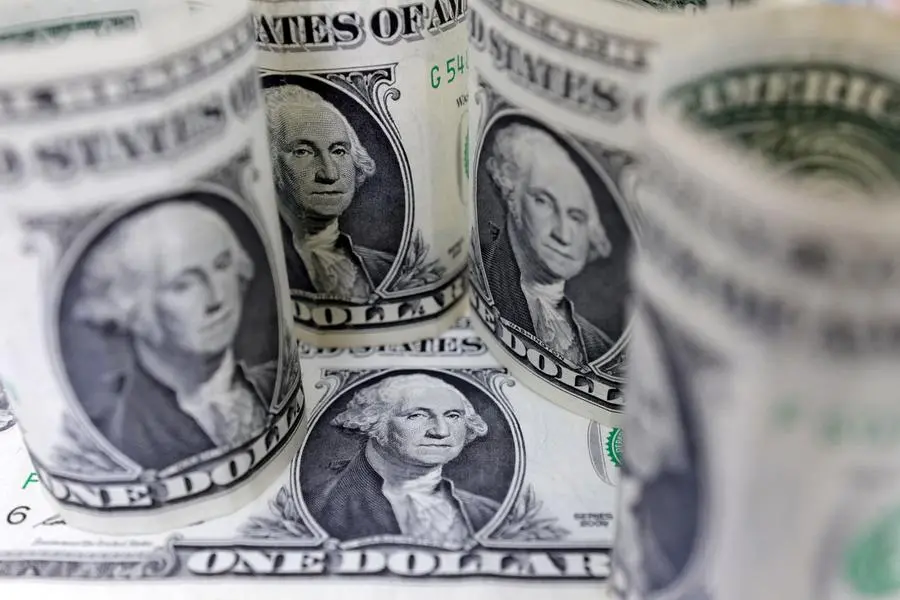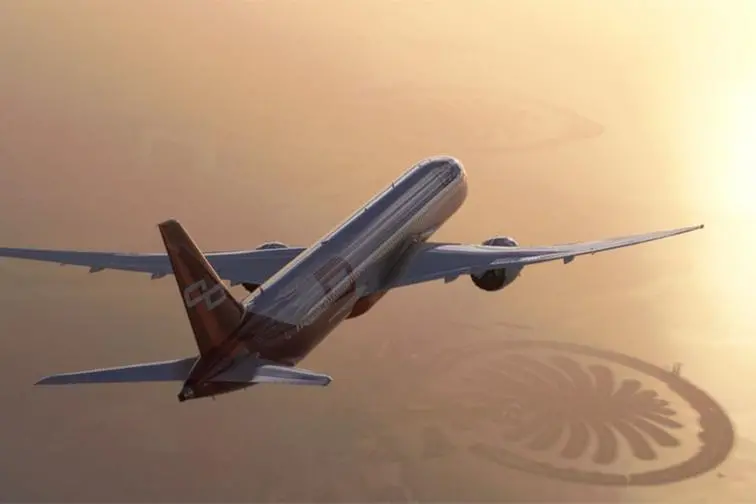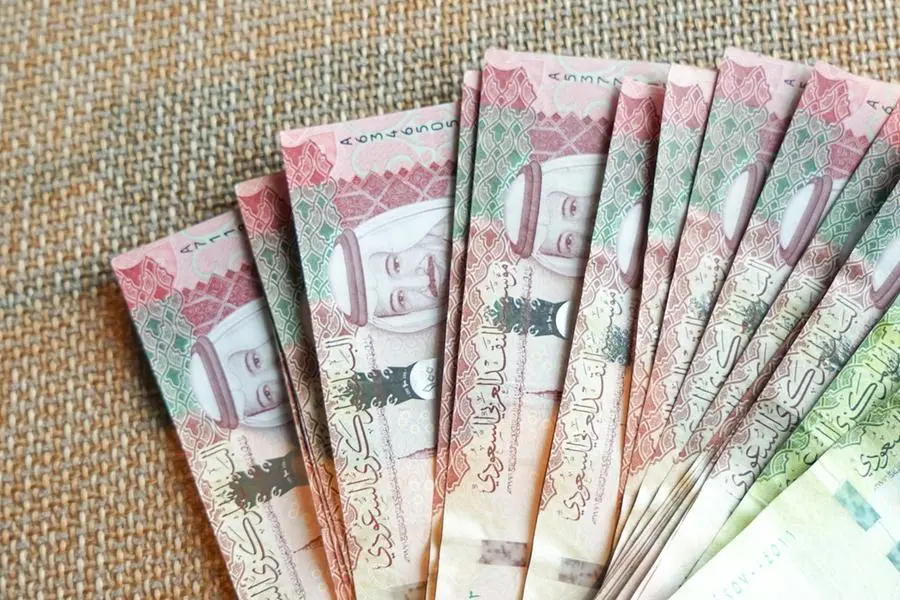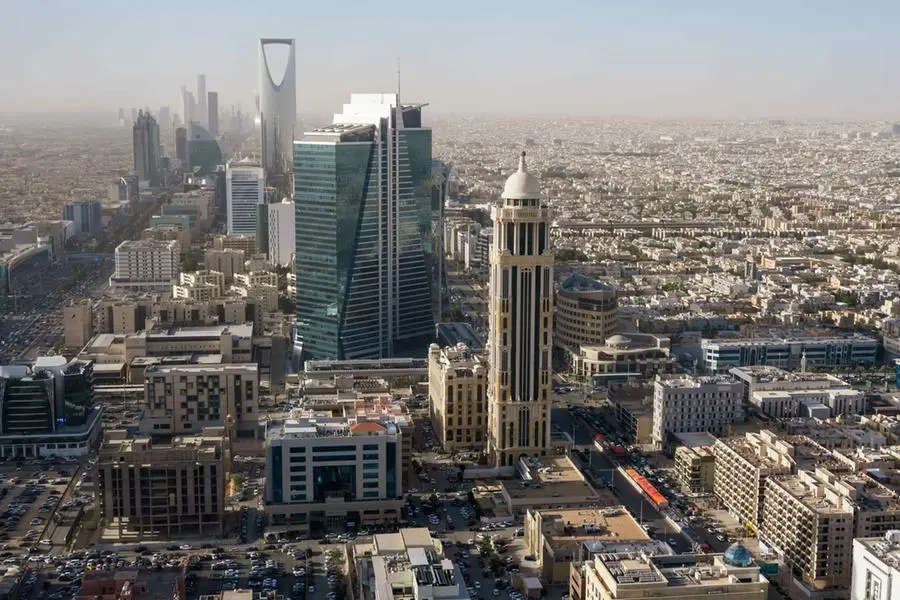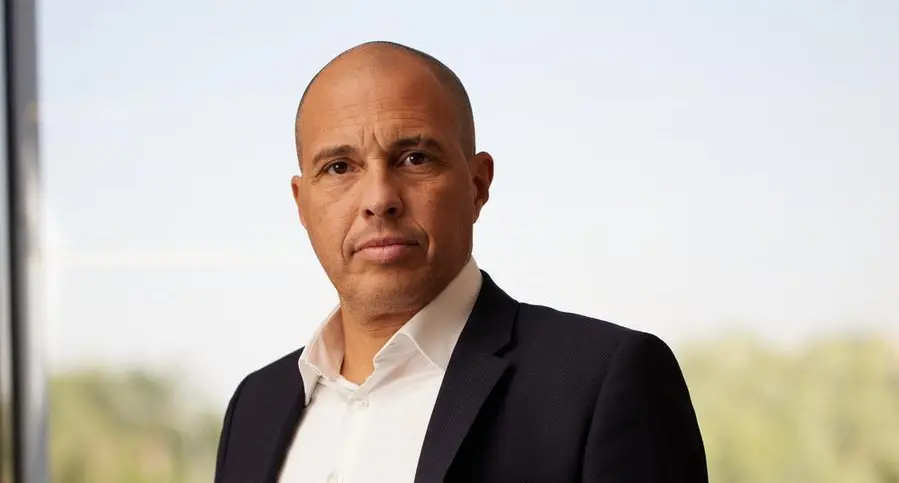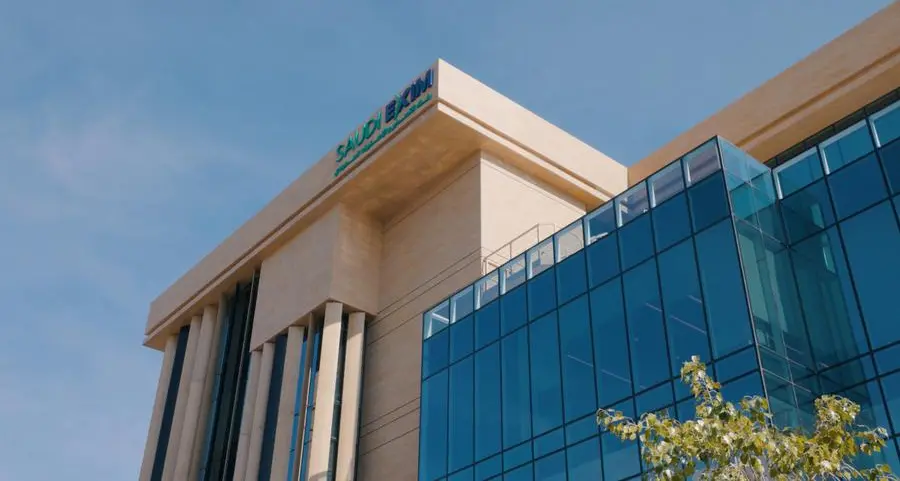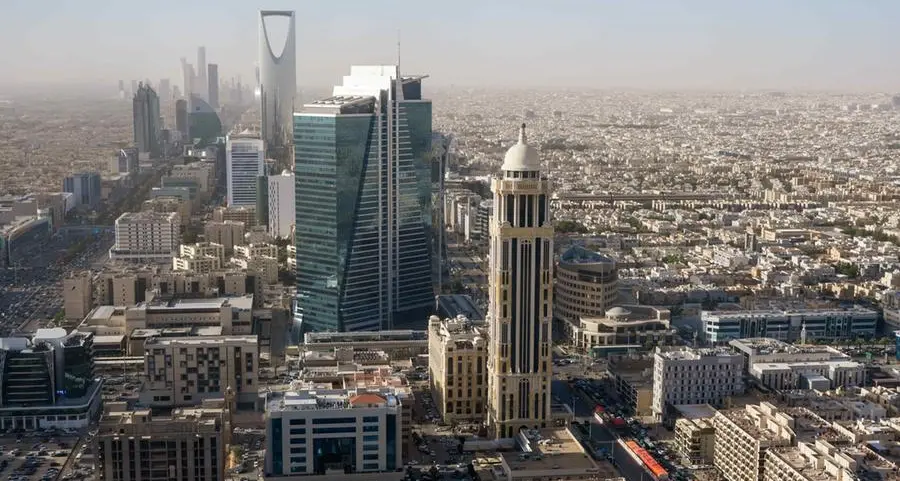PHOTO
A general view of the Muscat skyline on November 18, 2014 in Muscat, Oman. Getty Images Image used for illustrative purpose.
The Omani economy, like all other countries, has faced many economic, financial and health challenges, during the past two years, which had a noticeable impact on the course of economic and social development included in the Oman 2040 Vision and its first executive plan - the Tenth Five-Year Plan (2021-2025). These challenges were mainly caused by the outbreak of the Covid-19 pandemic and the accompanying drop in oil prices, especially during the first quarter of 2020, as a result of the significant slowdown in global economic and trade activities
This was stated by Dr Saeed bin Mohammad al Saqri, Minister of Economy, when he was hosted by the Majlis Ash'shura on Sunday, during the eighth regular session of the third annual sitting (2021-2022). The meeting was chaired by Khalid bin Hilal al Maawali, Chairman of the Majlis, and in presence of Secretary General and members.
The session witnessed queries from members on several issues like the reasons for decline in indicators of Omanisation in small and medium enterprises, efforts of the ministry and authorities concerned in this regard to enhance the role of this sector, provincial development programmes and their role in the development of the governorates through development and investment programmes.
INNOVATION SECTOR
They called for the need to strengthen scientific research and innovation sector, due to the importance of education, scientific research and innovation in economic projects, in addition to the importance of activating the role of the Industrial Innovation Centre and strengthening its roles in innovation for various industrial sectors which help in economic diversification and provide job opportunities.
The questions related to the extent of banking institutions and keeping pace with the digital economy and dealing with digital currencies were also asked.
COST OF LIVING
The members stressed the importance of taking into account the high cost of living in light of the current economic conditions, high prices of fuel, public services, consumer goods, taxes and fee, in addition to the low income of individuals, increase in the number of job-seekers and the number of laid-off workers and retirees, and stressing the need to look into electricity and water bills, usufruct contracts of all kinds, and subsidising fodder and foodstuff.
During the session, emphasis was laid on the importance of benefiting from energy and mining resources in diversifying economic production base, not relying on oil and moving towards strengthening other sectors such as tourism, industrial and fisheries.
Majlis members inquired about the expected increase in world oil prices, and the ministry’s mechanisms to deal with it in the coming period to serve the national economy.
They also inquired about the Ninth Five-Year Plan, the projects that were not implemented, and the extent to which the government has a plan to implement projects without prejudice to other projects.
During his speech, the Majlis Chairman indicated that His Majesty Sultan Haitham bin Tarik pays his most generous attention to support the country's comprehensive development process in its various development aspects aimed at enhancing and enabling the performance of the national economy to achieve sustainable development and ensure the desired stability for all sectors.
Later, the Minister of Economy presented his ministry’s statement, which included five main axes covering several aspects, including: assessing the process of economic diversification in the Sultanate of Oman, economic effects of the Covid-19 pandemic on the national economy, the performance of strategic programmes for the Tenth Five-Year Plan (2021-2025 ), evaluating the performance of the development budget for the Ninth Five-Year Plan (2016-2020) and the most prominent features of the budget during the current five-year plan, as well as the ministry's economic vision during the current plan for several issues.
The minister said most of the measures continued to be applied in 2021 to promote the gradual return to economic and commercial activity and contribute to the return of economic growth after the GDP contracted by 3.2 per cent in 2020.
“Indeed, the recovery phase was strengthened during the year 2021 with the rise in oil prices, as most macroeconomic indicators witnessed an improvement in their performance during 2021, and the GDP at current prices stood at RO 24.2 billion until the end of September last year, recording a growth rate of about 12.7 per cent , compared to a decline of 16.5 per cent during the same period the previous year.
"The growth rate during the first half of 2021 stood at 10.1 per cent, compared to a decline of 15.5 per cent during the first half of 2020. All forecasts of international development institutions indicate the growth of the gross domestic product in the Sultanate of Oman at good rates during the coming period,” he explained.
OIL ACTIVITIES
At the sectoral level, the added value of oil activities amounted to about RO 7.4 billion at the end of the third quarter of 2021, registering a growth rate of 26.5 per cent compared to the same period in 2020. The contribution of these activities constituted about 30.6 per cent of the GDP. The oil sector recorded a growth rate of 7.8 per cent, and its contribution amounted to 73.0 per cent of the GDP until the end of the third quarter of 2021, compared to a contribution of about 76.3 per cent during the same period in 2020.
While the growth rate of total industrial activities amounted to about 9.1 per cent at the end of the third quarter of the year, the manufacturing sector, which is one of the non-oil economic diversification sectors, recorded a high growth rate during this period, amounting to about 25.8 per cent, while service activities recorded a growth rate of about 7.5 The most prominent of which was the transportation and storage sector, which grew by 19.3 per cent and wholesale and retail trade by 15.3 per cent, as a result of the gradual opening of service activities sectors as a result of vaccinating a large segment of citizens and residents and the receding of the repercussions of the pandemic.
ECONOMIC GROWTH
In his statement, Dr Al Saqri spoke about the prospects for economic growth in the Sultanate of Oman, noting that the data changed from what was planned for 2020, which is the last year of the Ninth Plan, and what is planned in the Tenth Plan (2021-2025) in light of the consequences of this pandemic, and the decline in oil prices, and the precautionary policies taken by the Sultanate of Oman to reduce the economic, social and health damage of the pandemic.
The statement added that the growth estimates for 2021 and 2022 are positive, although there is a discrepancy between the estimates of the various institutions of the level of this growth, which ranged between 1.1 per cent according to Moody’s estimates and 3.0 per cent according to the estimates of the World Bank for the year 2021, while it ranged between 2.9 per cent according to the estimates of the International Monetary Fund and 7.9 per cent according to the estimates of the Ministry of Economy for the year 2022.
“It is expected that the Omani economy will continue to record growth rates during the Tenth Plan until 2025, and that the levels of investment and aggregate demand will gradually return to normal, despite the challenges caused by the continued slow and sluggish global supply chains that resulted from the pandemic and its repercussions on the global trade movement, inflation rates, global growth rates, and changes in the virus”.
The statement stated that the economic and financial performance improved in 2021 as a result of the rise in oil prices and the policies followed by the government, which was reflected in the improvement in the credit assessment of the Sultanate of Oman by the major international assessment institutions that recently issued their assessment on the country, specifically Standard & Poor’s (S&P), which raised its outlook for the Sultanate of Oman to “positive” and Moody’s, which raised its outlook from “negative” to “stable”, and Fitch, which raised its outlook to “stable” from “negative”.
INFLATION
With regard to the general level of prices, the rate of inflation in the Sultanate of Oman increased during the period (January-November) of the year 2021 to reach about 1.34 per cent, compared to about -0.84 per cent during the same period in 2020, mainly driven by the increase in transport group prices by 4.48 per cent. It is worth noting that the inflation rate in November 2021 amounted to 3.56 per cent compared to its level in the same month of 2020. This is due to the high domestic demand for goods and services resulting from economic growth, high oil prices, the continuation of the impact of the local value-added tax and the rise in international prices of goods.
Dr Al Saqri also spoke of labour market and employment, noting that more than 68,000 job opportunities were generated last year, including (19,097) male and female workers in the government sector, representing (28 per cent) of the total, and (49,276) male and female citizens in the private sector at (72) per cent, of whom (13,620) were appointed for the first time and (28,989) who have previously worked. Besides, (6,667) work contracts resulting from on the job training.
He added that the number of active job-seekers until the end of January 2022 is 40,082 male and female, saying that there is an improvement in the labour market and the employment of Omanis in the private sector. “Omani employment in this sector has increased to reach a growth rate of 4.7 per cent compared to December 2020” he added.
In terms of public finance performance, the state’s public revenues increased until the end of 2021 by 28.71 per cent compared to the revenues of 2020 to reach about RO 10.94 billion as a result of the rise in oil prices. While the state’s public spending decreased in 2021 by 5.87 per cent to reach about RO 12.17 billion. Accordingly, the deficit in 2021 decreased from what is approved in the budget by about RO 1 billion, or 45.40 per cent, to reach about RO 1.22 billion in 2021. The public debt balance is expected to reach about OMR 21.90 billion by the end of 2021, compared to about RO 19.82 billion at the end of 2020, an increase of 10.5 per cent.
The Minister of Economy stated that monetary and banking indicators in the Sultanate of Oman witnessed an improvement in their performance in 2021, as local liquidity increased by 5.3 per cent to reach RO 20.10 billion at the end of November 2021.
Also, total deposits in the banking sector increased by 5.7 per cent to reach RO 25.40 billion by the end of November 2021. The total credit balance granted by banks operating in the Sultanate of Oman increased by 5.4 per cent to reach RO 27.80 billion by the end of November 2021. On the other hand, the total trading volume on the Muscat Stock Exchange increased by 85.5 per cent during the year 2021 , recording the highest level in three years, supported by the rise in oil prices, the improvement in the performance of companies and the recovery from the effects of the pandemic. The market value of the securities listed in the market, whether shares or bonds, increased by 7.86 per cent by the end of 2021. Also, the Muscat Securities Exchange index (Muscat 30) increased by the end of trading in 2021 by 12.6 per cent compared to its level at the end of 2020.
As for the performance of the external sector, the current account in the balance of payments improved during the first nine months of 2021, as its deficit decreased by 11.4 per cent to reach about RO 2 billion, compared to about RO 2.26 billion during the same year. This improvement is mainly attributed to the rise in oil prices in the international markets, which was reflected in the rise in the value of oil exports and the increase in demand for non-oil exports by the most prominent trading partners. The trade balance surplus increased during the first three quarters of 2021 by 17.7 per cent to reach RO 3.29 billion, compared to RO 2.80 billion during the same period last year. This is due to the growth of commodity exports by 42.4 per cent and the growth of commodity imports by 54.3 per cent.
“this indicates an improvement in the performance of the trade balance during the first three quarters of 2021, which was accompanied by the improvement in crude oil prices and the recovery of economic activities. Likewise, the cumulative value of foreign direct investments at the end of the second quarter of 2021 amounted to about RO 16.33 billion, i.e. an increase of about RO 893 million, or an increase of 8.5 per cent over the year of 2020. These developments are due to the continuation of work to improve the business and investment environment, and the incentives aimed at enhancing investment attraction and localization through many programs, the private investment programme.”
The Minister of Economy indicated that the total investments in the Sultanate of Oman are expected to exceed RO 6 billion in 2021, distributed over RO 1.1 billion for the development expenditures of civil ministries, RO 1.3 billion for the investment expenses of the Energy Development Company Oman, RO 2.9 billion for the local investment of Oman Investment Authority’s companies, and RO 1.1 billion for the investments of private sector companies (both local and foreign).
2022 © All right reserved for Oman Establishment for Press, Publication and Advertising (OEPPA) Provided by SyndiGate Media Inc. (Syndigate.info).
